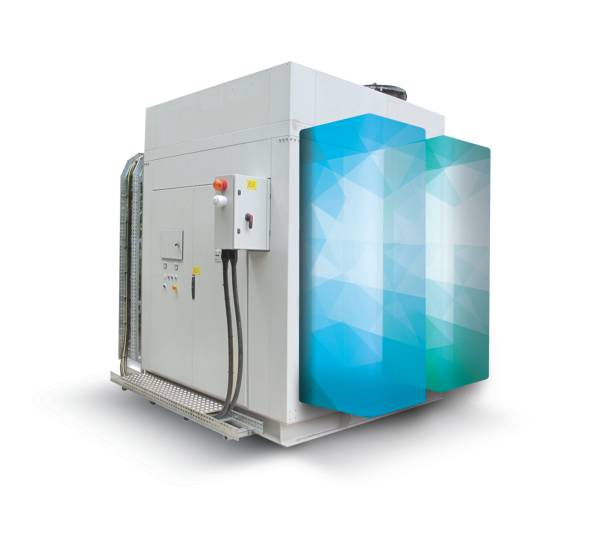Understanding Energy Storage Cooling Systems
Energy storage systems play a crucial role in the construction of a modern energy infrastructure that supports grid stability and renewable energy integration. How to ensure battery life and efficiency becomes crucial for cooling technology. There are two types of cooling methods utilized in energy storage cabinets currently on the market, namely liquid cooling and air cooling. Next, we will analyze the future outlook of energy storage systems, energy storage system policies, energy storage market dynamics and forecasts based on these two different methods while exploring the differences, advantages and applications of these two technologies.
How Liquid Cooling Works in Energy Storage Cabinets
Liquid-Cooling systems use liquid coolants to absorb and transfer heat generated by battery cells. This method relies on heat exchangers, pumps and coolant channels to effectively regulate battery temperature.
Main advantages of liquid cooling
- Excellent thermal management – Liquid cooling can ensure uniform temperature distribution throughout the battery cell, prevent the battery cell temperature from rising and improve efficiency.
- Higher energy density – Due to the excellent cooling performance of liquid cooling, liquid cooling systems can better achieve tight battery packaging, thereby increasing energy density.
- Longer service life – Consistent temperature control can reduce the degradation of battery performance, thereby extending the service life of the battery and enabling the battery to maintain high performance for a long time.
- Quieter operation – Compared with air cooling, liquid cooling systems produce less noise. Making it suitable for urban and residential applications.
Challenges of Liquid Cooling
- Relatively high initial cost – Implementing a Liquid-Cooling system requires additional components such as: pumps, heat exchangers and liquid reservoirs.
- Maintenance complexity – Regular coolant replacement and prevention of leaks are essential to ensure system stability
How Air Cooling Works in Energy Storage Cabinets
Air-Cooling systems primarily utilize fans to circulate air and dissipate heat from battery cells. This type of cooling is simpler than Liquid-Cooling, which relies on natural or forced convection to remove excess heat.
Key Advantages of Air Cooling
- Relatively low initial cost – Air-Cooling system is more affordable due to its simple design and fewer components.
- Easier Maintenance – Unlike liquid cooling, air-cooled systems do not require coolant replacement or leak monitoring.
- Widely Used in Energy Storage Systems – Many traditional battery energy storage systems use air cooling due to its reliability and cost-effectiveness.
Challenges of Air Cooling
- Low heat dissipation efficiency – Air cooling has difficulty maintaining uniform battery temperature, resulting in uneven temperatures for many batteries. Relatively quickly shortens battery life.
- Limited Scalability – For high-capacity battery storage, air cooling may not be sufficient, requiring more space for ventilation and additional fans.
Market Trends and Future Prospects of Energy Storage Cooling Technologies
The growing demand and requirements of current customers for energy storage solutions are driving innovation and development of cooling technologies. A variety of factors influence the adoption of cooling methods, including government policies, market dynamics, and technological advancements.
Energy Storage System Policy Support
- Governments around the world are implementing policies to promote the development of energy storage. Incentives for renewable energy measures and regulations, which have also allowed the technology of cooling methods to advance, influencing the choice between Liquid-Cooled and Air-Cooled solutions.
- Stricter thermal management standards for battery safety encourage the adoption of advanced cooling solutions.
Energy Storage Market Dynamics and Forecast
- Growing Demand for Large-Scale Energy Storage – With the expansion of renewable energy, high-capacity energy storage requires efficient cooling technologies.
- Shift Towards Liquid Cooling in High-Density Applications – Due to its higher efficiency, liquid cooling is becoming the preferred choice for large-scale battery systems.
- Hybrid Cooling Innovations – Some manufacturers are developing hybrid cooling systems that combine liquid and air cooling for optimal performance.
Final Considerations
When choosing between liquid cooling and air cooling, decision-makers must consider factors such as cost, efficiency, and long-term operational stability. As the energy storage industry evolves, innovations in cooling technologies will continue to shape the market.

